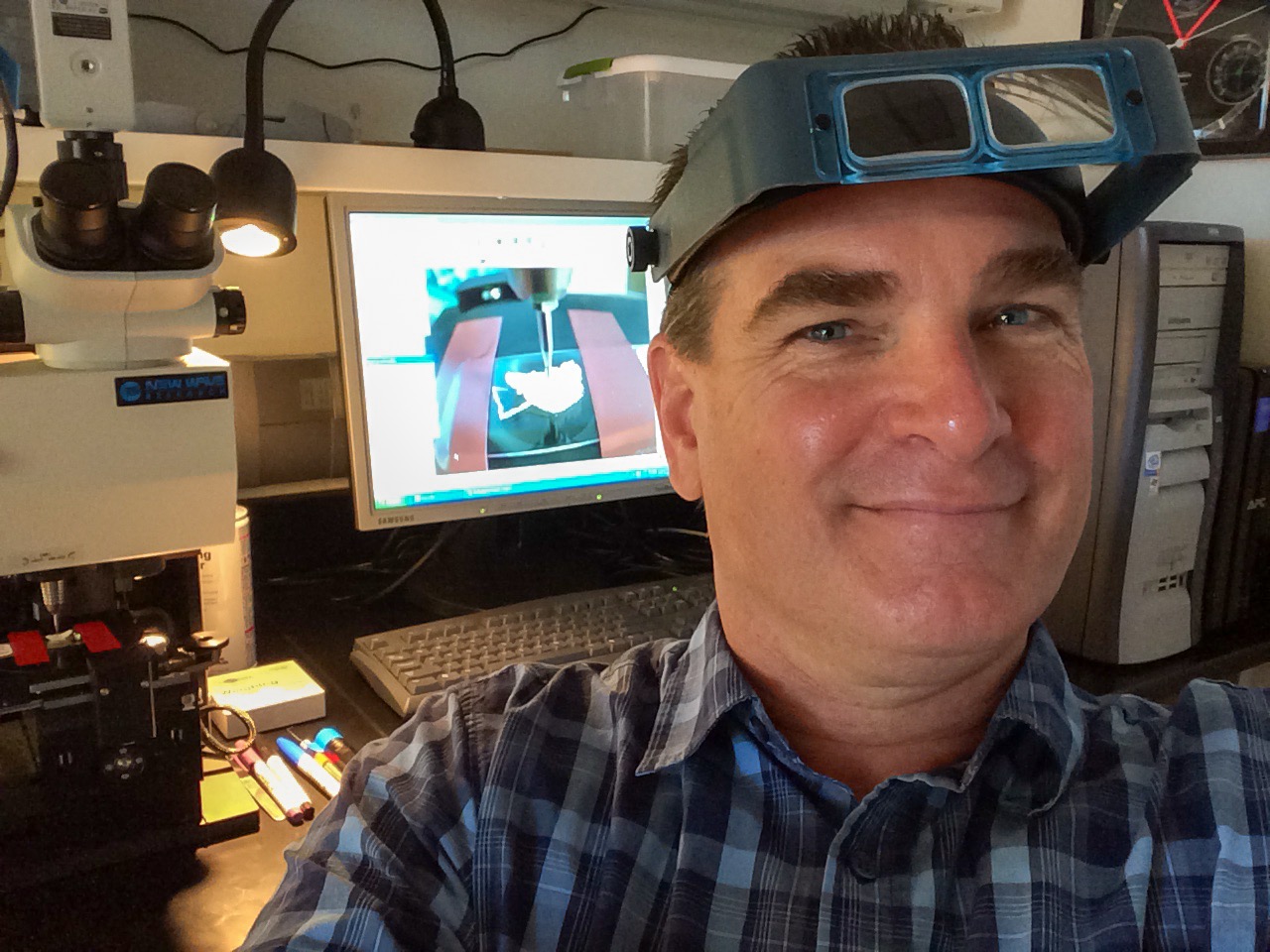- ABOUT US
- PROGRAM AREAS
- CONSERVATION APPROACH
- EDUCATION
- MULTIMEDIA
A Closer Look at Guam's Coral Reefs Reveals a Nuclear Timeline
By Sable Liggera, Communications Intern
In the mid to late 1950s, thermonuclear testing was carried out at Bikini and Enewetak atolls in the Marshall Islands - a region that was part of the post-World War II Pacific Proving Grounds. After conducting a radiocarbon (carbon-14) analysis on a coral reef tissue collected off the coast of Guam, Allen H. Andrews, a scientist with NOAA Pacific Islands Fisheries Science Center, found spikes in carbon-14 that correspond with the testing of thermonuclear devices during Operations Castle (1954), Redwing (1956), and Hardtack I (1958).

Thermonuclear devices produce large amounts of carbon-14, which is released into the environment. While most of the carbon-14 from these tests went into the atmosphere as carbon dioxide, some diffused into the marine environment and were captured by carbon-synthesizing marine organisms, such as reef-building corals.
Reef-building corals rely on carbon from the environment to form a calcium carbonate (CaCO3) skeletal structure. This trait makes them valuable as records of changing carbon-14 levels in the environment. By performing radiocarbon analysis on coral cores, Andrews was able to determine the amount of carbon-14 that was present in the marine environment over time. This in turn can be used to validate the age of other marine organisms.

The unique feature of the carbon-14 time series at Guam is that it has provided a direct measure of carbon-14 from not just natural air-sea diffusion, but local fallout at Bikini and Enewetak. These signals were transported in ocean currents to locations throughout the Indo-Pacific and have provided a unique opportunity to describe ocean circulation processes during that time.
About Us

The NOAA Coral Reef Conservation Program was established in 2000 by the Coral Reef Conservation Act. Headquartered in Silver Spring, Maryland, the program is part of NOAA's Office for Coastal Management.

The Coral Reef Information System (CoRIS) is the program's information portal that provides access to NOAA coral reef data and products.
Work With US
U.S. Coral Reef Task Force
Funding Opportunities
Employment
Fellowship Program
Contracting Assistance
Graphic Identifier
Featured Stories Archive

Access the archive of featured stories here...
Feedback
Thank you for visiting NOAA’s Coral Reef Conservation Program online. Please take our website satisfaction survey. We welcome your ideas, comments, and feedback. Questions? Email coralreef@noaa.gov.
Stay Connected
Contact Us
NOAA’s Coral Reef Conservation Program
SSMC4, 10th Floor
1305 East West Highway
Silver Spring, MD 20910
coralreef@noaa.gov
